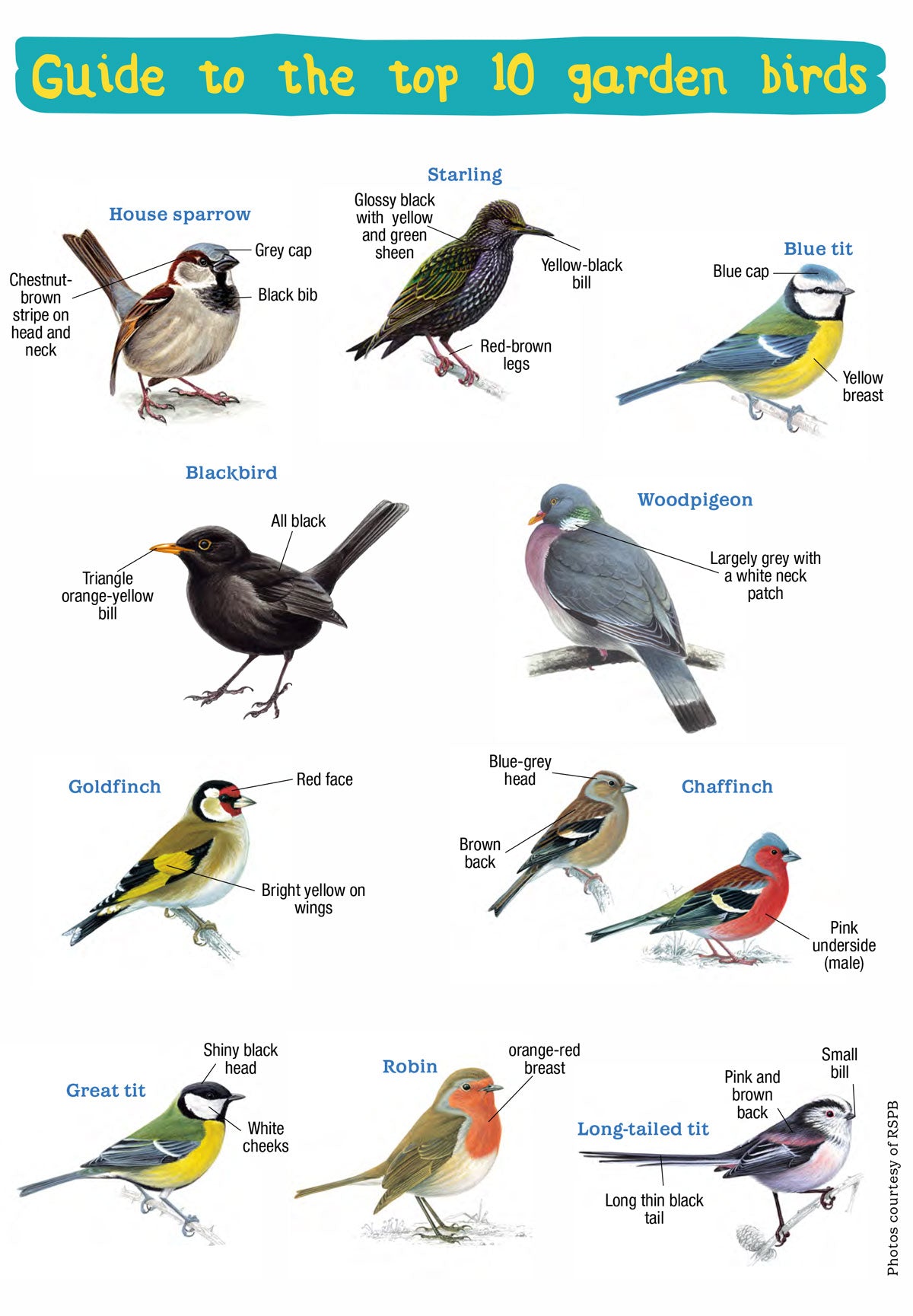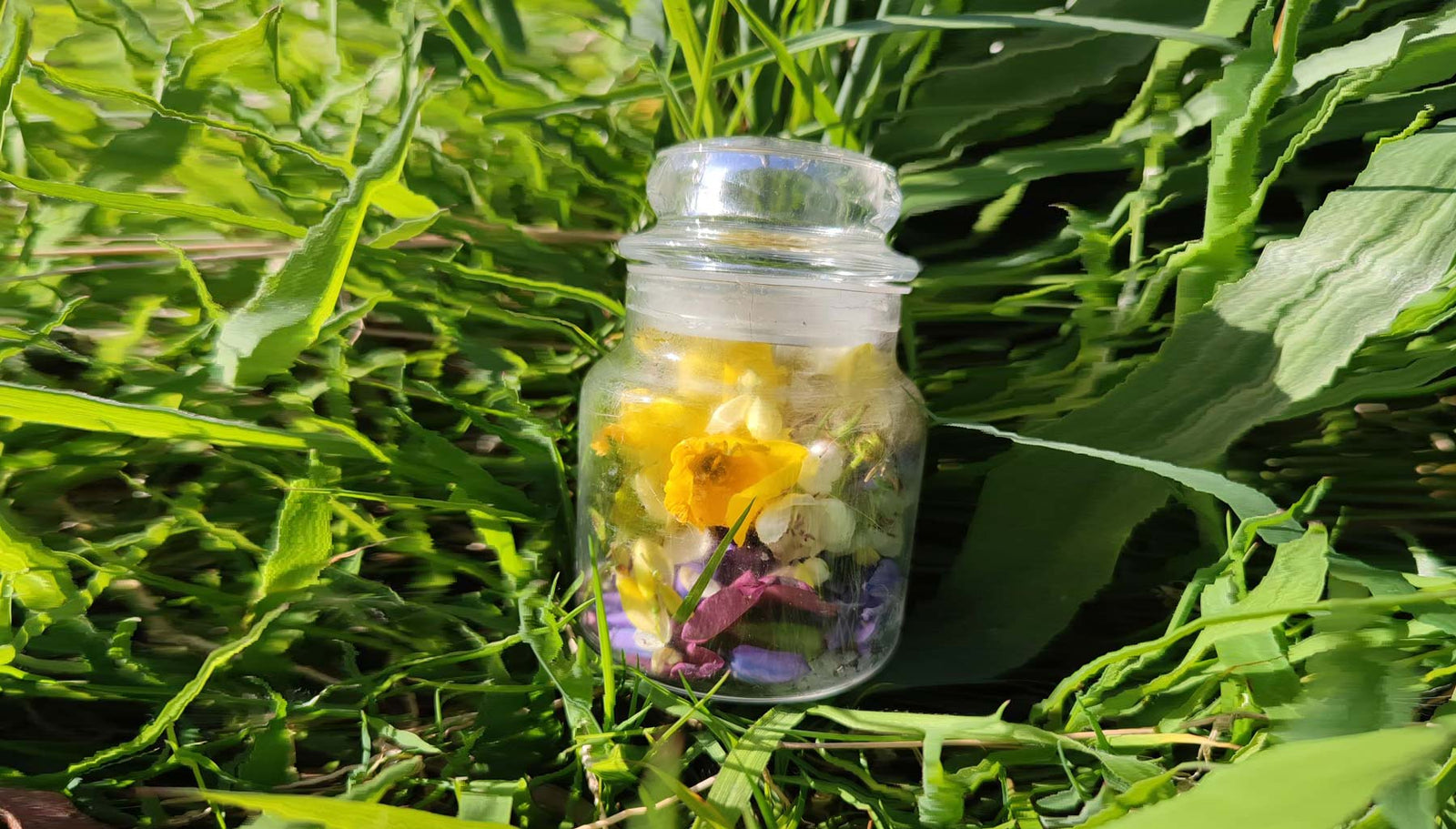Your Cart is Empty
We all like to see wildlife visiting our gardens. As for feathered ones, keep your eyes open for these top 10 most likely-to-be-spotted garden birds!
 These friendly little garden birds are residents in the UK. They live in colonies and nest in holes or crevices within buildings, among ivy or other bushes, and they also use nestboxes. Using a variety of materials to make their nest, (from string to paper), both parents will incubate the eggs (between three and five) and raise the young.
These friendly little garden birds are residents in the UK. They live in colonies and nest in holes or crevices within buildings, among ivy or other bushes, and they also use nestboxes. Using a variety of materials to make their nest, (from string to paper), both parents will incubate the eggs (between three and five) and raise the young.
To tell them apart: male house sparrows are streaky-brown above and grey below, have chestnut wings with white wingbars and a grey cap. Females and juveniles are brown. These birds aren’t usually afraid of visiting your bird feeders, and in fact, they eat almost anything: seeds, suet, peanuts and even scraps! In 2016, the house sparrow was voted the most commonly observed garden bird in the UK, according to the RSPB Big Garden Birdwatch – so you have good chance of spotting them.
 A noisy character in the garden. These striking birds are truly beautiful when you see them up-close. Black to begin with, their feathers soon shine with a gloss of purples and greens. In the breeding season, adults have yellow bills. If they are tinted with blue, they are males, and pink are females. However, in winter, their plumage is duller with white spots and the bill is darker. Juveniles are dull brown in colour.
A noisy character in the garden. These striking birds are truly beautiful when you see them up-close. Black to begin with, their feathers soon shine with a gloss of purples and greens. In the breeding season, adults have yellow bills. If they are tinted with blue, they are males, and pink are females. However, in winter, their plumage is duller with white spots and the bill is darker. Juveniles are dull brown in colour. Unmistakable when they visit, blue tits are colourful little birds with blue caps, white cheeks, black eyestripes, greeny-blue backs, yellow bellies, blue wings and tails. Well-adapted to gardens, they will enjoy visiting peanut feeders and have even mastered breaking the tops of milk bottles to drink the creamy top part off! In winter, they will form flocks with other tits, roaming the countryside and visiting gardens in groups.
Unmistakable when they visit, blue tits are colourful little birds with blue caps, white cheeks, black eyestripes, greeny-blue backs, yellow bellies, blue wings and tails. Well-adapted to gardens, they will enjoy visiting peanut feeders and have even mastered breaking the tops of milk bottles to drink the creamy top part off! In winter, they will form flocks with other tits, roaming the countryside and visiting gardens in groups.  A friendly elegant bird that has regularly inspired writers and musicians, including the Beatles. They are especially fond of feeding on lawns and can be seen with their heads cocked to one side, listening for earthworms. They also feed on insects and berries, so leaving out old apples are a great way to attract this melodic bird.
A friendly elegant bird that has regularly inspired writers and musicians, including the Beatles. They are especially fond of feeding on lawns and can be seen with their heads cocked to one side, listening for earthworms. They also feed on insects and berries, so leaving out old apples are a great way to attract this melodic bird.  The woodpigeon is by far the most numerous large wild bird in Britain, with a population estimated at around 2.5 million pairs. They can be identified by their grey bodies and white neck patch (which takes 16 weeks to develop) and white wing patches.
The woodpigeon is by far the most numerous large wild bird in Britain, with a population estimated at around 2.5 million pairs. They can be identified by their grey bodies and white neck patch (which takes 16 weeks to develop) and white wing patches.  A very bright and beautiful bird that is happy to visit bird tables and feeders. Goldfinches are small, gingery-brown, with black and yellow wings, a black crown, white cheeks and a bright red face. Their beaks have become especially adapted to extracting seeds from ragwort, teasels and dandelions, but they also eat invertebrates. If you want to attract these birds to your garden, your best lure is to plant a teasle. In summer, teasels have pale purple flowers which go down a storm with bees, butterflies and moths. Goldfinches can’t resist them!
A very bright and beautiful bird that is happy to visit bird tables and feeders. Goldfinches are small, gingery-brown, with black and yellow wings, a black crown, white cheeks and a bright red face. Their beaks have become especially adapted to extracting seeds from ragwort, teasels and dandelions, but they also eat invertebrates. If you want to attract these birds to your garden, your best lure is to plant a teasle. In summer, teasels have pale purple flowers which go down a storm with bees, butterflies and moths. Goldfinches can’t resist them!

A bird you usually hear before you see them, the chaffinch has an impressive loud song. A little more subtle, these birds prefer to hop about under the bird table, collecting any dropped seeds.
Male chaffinches are unmistakable for anything else. They have pink-red underparts and cheeks, a buff-chestnut back, and a red-buff head and nape which becomes slate-blue during the breeding season. Female and juvenile chaffinches are less colourful, with similar patterning but picked out in shades of brown. The wings of both are dark with white bars. One of the most common birds in the UK, it’s very likely that this colourful bird will be paying a visit to your garden.
 The prominent black crown with a characteristic black stripe down the throat and neck, yellow breast, olive green-tinged wings, and blue-ish tail, makes the great tit a very memorable bird.
The prominent black crown with a characteristic black stripe down the throat and neck, yellow breast, olive green-tinged wings, and blue-ish tail, makes the great tit a very memorable bird. The only UK bird to be heard singing in the garden on Christmas day. Holding their territories all year round, robins warn off intruders with song. Males may hold the same territory throughout their lives, and will even attack a bundle of red feathers or their own reflection if they mistake it for another individual. During the breeding season the female is allowed into the male's territory where she sets up a nest of dead leaves, moss and hair. Nests are often made in the oddest of places: plant pots, old wellies and shelves, but ivy and other shrubs are their natural choice.
The only UK bird to be heard singing in the garden on Christmas day. Holding their territories all year round, robins warn off intruders with song. Males may hold the same territory throughout their lives, and will even attack a bundle of red feathers or their own reflection if they mistake it for another individual. During the breeding season the female is allowed into the male's territory where she sets up a nest of dead leaves, moss and hair. Nests are often made in the oddest of places: plant pots, old wellies and shelves, but ivy and other shrubs are their natural choice.
What a revalation, this is the first time i have ever looked at pictures about british birds, i am now retired and looking at the birds in the garden has become a joy, we have had all the usual small birds ,but this year we have noticed Golden Finches eating from our feeders, they especially seem to like sunflower hearts, and will stay chomping for ages, thanks for the great pictures of our British birds, Scott.
I have a black bird that comes in my garden with a white tail feather is this unusual or is it not a blackbird
It was really helpfull
Comments will be approved before showing up.
Here’s a sneak peek straight from our latest issue of Eco Kids Planet, Wonders Beyond Earth. Wildlife News is where Rhona and Rusty round up the wildest real-world stories from across the planet. Enjoy the read! 🌎 Amazing Photo Entries! The Wildlife Photographer of the Year team gave me a sneak...
We asked you to dive deep into your imagination and invent a mysterious sea creature – and you didn’t disappoint! From glowing krakens and ancient owls to daring underwater adventures, your stories were packed with suspense, surprises and creativity. Thank you to everyone who took part – we’re thrilled to announce our four winning stories.
From dragon spit to moonbeam dew – our readers brewed up some truly magical nature potions this month! We’re thrilled to reveal the winning entries of our latest competition. Discover the most imaginative ingredients, spellbinding names, and powerful nature-inspired concoctions created by our talented young Eco Kids.




Gary Edwards
November 10, 2022
Thank you for the straightforward photos and explanation. Extremely grateful and Extremely useful.